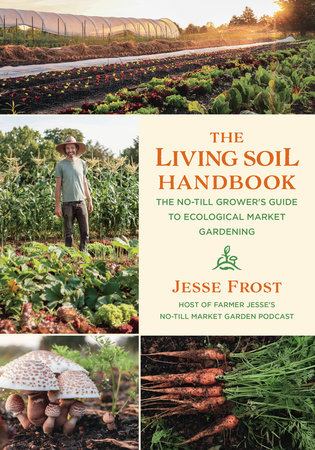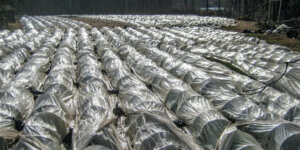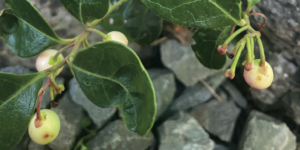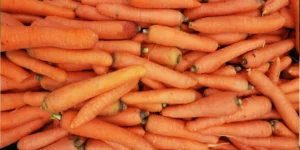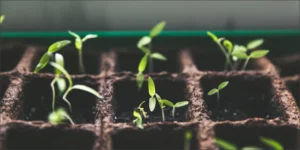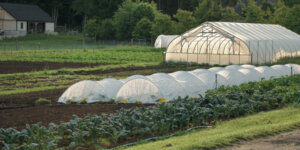Draft Power: The Life-Affirming Alternative to “Big Ag”

Farmers young and old are seeking new ways to shrink their carbon footprint and promote more ecologically friendly ways of getting chores done. So, what’s a modern farmer to do? For some, the centuries old approach of using draft animals—especially horses—is offering a very 21st century solution. Here’s an overview of draft power and its benefits!
The following is an excerpt from Horse-Powered Farming for the 21st Century by Stephen Leslie. It has been adapted for the web.
The world we have known is vanishing. A new world is hurtling toward us. The consumer culture, with all its fake promises of unending technological fixes to every human problem and need, is crumbling before our eyes. More and more we are asked to face the reality that the biosphere itself is a closed-loop system that requires us to wean ourselves away from energy and power sources that are non-regenerative. Meanwhile, the powers-that-be continue to wage a campaign, plying us with electronic gadgets and pharmaceuticals in an attempt to keep us mesmerized as the multinational corporations fill their coffers extracting every last drop of fossil fuel from the earth’s most fragile and endangered ecosystems.

In all the major spiritual traditions of our world, discernment has always been recognized as a crucial quality for the seeker of truth. On an elemental level, discernment is what we use to tell the true from the false. Through the practice of discernment, wisdom grows. The farmer, too, must practice discernment on a daily basis; he or she must decide when to sow and when to reap, which one to breed and which to cull. The farmer also faces such choices as: Which tools to employ? On what scale to farm? Just because farming can be done with genetically modified organisms, satellites, robots, and harvesting machines that cost half a million dollars doesn’t mean it should be done that way.
Today there is a grassroots movement of people in our society who are heeding the call to make their living from the land. Increasing numbers of them are also growing intrigued by the concept that many, if not all, tasks requiring traction on the farm can be economically and efficiently accomplished with live animal power. The workhorse is being recognized as an ally that can help us find our way back to a path that leads to life.
When horses, mules, donkeys, or oxen are used in agriculture they become instrumental in enriching the soil because they are a primary source of fertilizer on the farm. In the fields, they tread lightly and do not cause the soil compaction that can result from the wheels and weight of a tractor. The horses are essentially solar-powered: They run on grass, hay, and oats, which they can help us grow and harvest on the farm. By using draft animals to power our farms, we help to minimize our carbon footprint, and they deliver a living, clean, sustainable, and regenerative energy.
Beyond the practical considerations of draft power, entering into partnership with workhorses can also lead us to deeper insight into what it means to be a human being in relationship with the natural world. To accomplish our farmwork successfully with horses, we need to become “a little bit” horse, and the horse needs to become “a little bit” human. Because both human and horse are willing to try, somewhere in the vast gulf that differentiates our species is a space where horse and human can meet and begin to forge a relationship. In many cases, a horse can even become a part of the farm family. We tend to think of farming as the modifications we impose on a landscape to reap our harvests. But there is a relational element that in a very real sense also shapes the farmer. It is like a painter painting a landscape: Somewhere between the interaction and reflection, we are formed and informed.
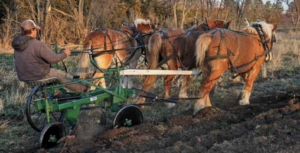
Recommended Reads
Recent Articles
Want to grow year-round, but a greenhouse feels like a big investment? When it comes to cost and flexibility, low tunnels are the all-around winners.
Read MoreWintergreen is the stunning evergreen groundcover that’s a game-changer for your garden! It’s cherished for its aromatic leaves, vibrant fall color & bright berries.
Read MoreGrow winter carrots for a sweeter & more flavorful harvest! Ditch the bland, store-bought carrots this winter! Grow your own winter carrots for a sweeter and more flavorful twist 🥕🥕
Read MoreSearching for the perfect book to give the homesteader in your life? We’ve got your go-to books for anyone interested in organic growing, permaculture, soil health, year-round growing & more! What’s their next great read?
Read MoreWinter is coming… but that doesn’t mean you should put away those tools just yet. Extend the growing season well past the first frost!
Read More


